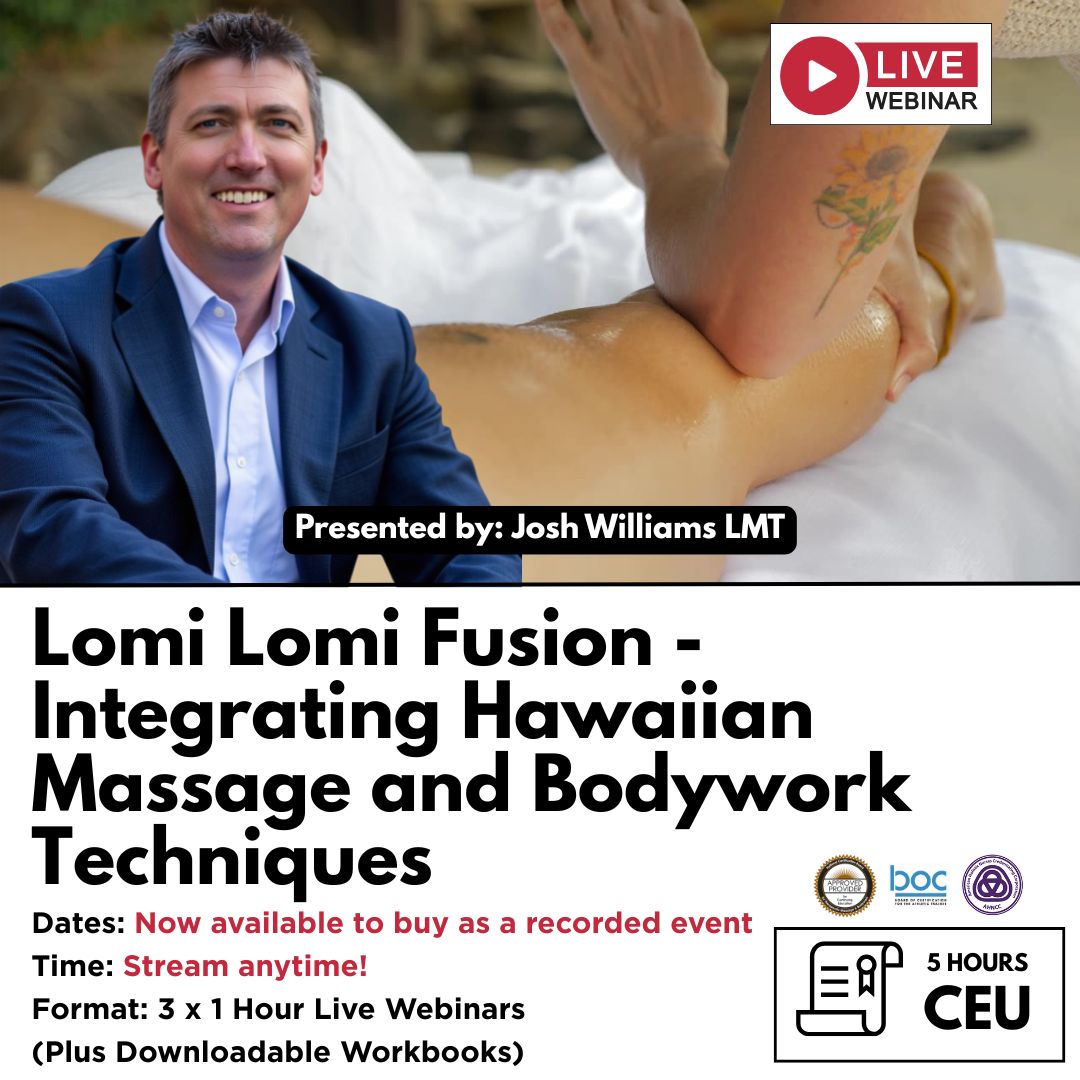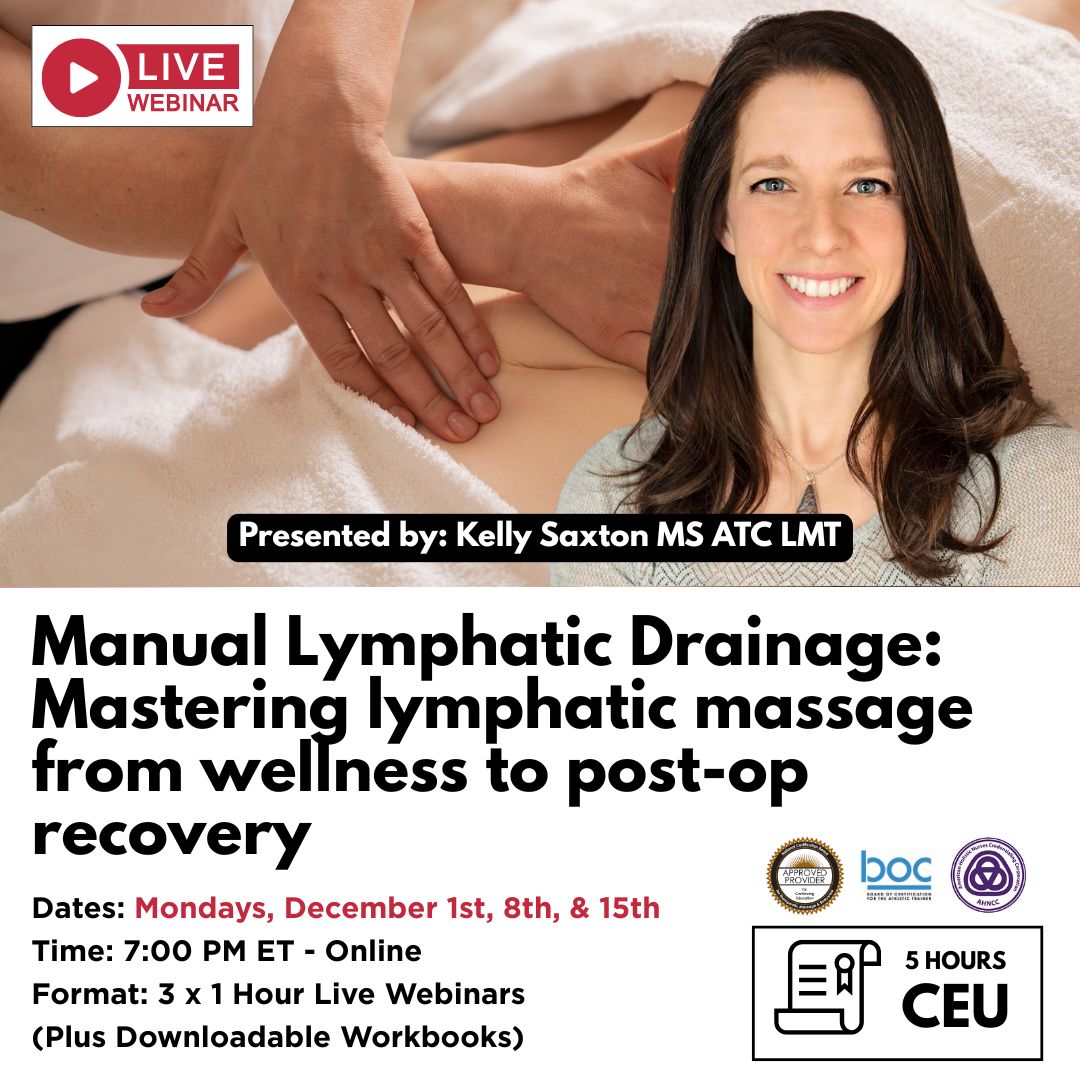Trigger Point Therapy - What are the different types of trigger point?

Trigger points located in muscles around the body
How to find Trigger Points - Paul Townley
Not all trigger points are trigger points, and not all trigger points are the same!
We really appreciate all the feedback on social media and we try wherever possible to respond to your requests for information in these daily blogs.
A lot of therapists seem to be (rightly!) interested in trigger point classification, so today's blog is an updated overview of the commonly accepted classifications.
Trigger points are described according to location, tenderness, and chronicity as central (or primary), satellite (or secondary), attachment, diffuse, inactive (or latent), and active.
Central (or Primary) Trigger Points
These are the most well-established and “florid” points when they are active, and are usually what people refer to when they talk about trigger points. Central trigger points always exist in the center of the muscle belly, where the motor endplate enters the muscle.
Muscle shape and fiber arrangement is of importance in this regard. For example, in multipennate muscles (such as the deltoid), there may be several central points.
Also, if muscle fibers run diagonally, this may lead to variations in trigger point location.
Satellite (or Secondary) Trigger Points
Trigger points may be “created” as a response to the central trigger point in neighboring muscles that lie within the referred pain zone. In such cases, the primary trigger point is still the key to therapeutic intervention: the satellite trigger points often resolve once the primary point has been effectively rendered inactive.
As a corollary it is also true that satellite points may prove resilient to treatment until the primary central focus is weakened. This is often the case in the paraspinal and/or abdominal muscles.
Attachment Trigger Points
Myofascia is a continuum. It has been noted that the area where the tendon inserts into the bone (tendo- osseous junction) is often “exquisitely” tender (Simons et al. 1998, Davies 2004).
This may well be the result of the existing forces travelling across these regions. It has also been suggested by the same authors that this may result from an associated chronic, active myofascial trigger point.
This is because the tenderness has been demonstrated to reduce once the primary central trigger point has been treated; in such cases, the point is described as an attachment trigger point.
Furthermore, it has been suggested that if a chronic situation occurs where the primary and attachment trigger points remain untreated, “degenerative changes” within the joint may be precipitated and accelerated (Simons et al. 1998).
Diffuse Trigger Points
Trigger points can sometimes occur where multiple satellite trigger points exist secondary to multiple central trigger points. This is often the case when there is a severe postural deformity, such as a scoliosis, and an entire quadrant of the body is involved. In this scenario, the secondary points are said to be diffuse. These diffuse trigger points often develop along lines of altered stress and/or strain patterns.
Inactive (or Latent) Trigger Points
This applies to lumps and nodules that feel like trigger points. These can develop anywhere in the body and are often secondary. However, these trigger points are not painful and do not elicit a referred pain pathway.
The presence of inactive trigger points within muscles may lead to increased muscular stiffness. It has been suggested that these points are more common in those who live a sedentary lifestyle (Starlanyl & Copeland 2001).
It is worth noting that these points may reactivate if the central or primary trigger point is (re)stimulated. Reactivation may also occur following trauma and injury.
Active Trigger Points
This can apply to central and satellite trigger points. A variety of stimulants, such as forcing muscular activity through pain, can activate an inactive trigger point. This situation is common when activity is increased after a road traffic accident (RTA), where multiple and diffuse trigger points may have developed.
The term denotes that the trigger point is both tender to palpation and elicits a referred pain pattern.
Ligamentous Trigger Points
There is evidence that ligaments may develop trigger points (Hacket 1958) but the relationships are not always clear.
We know for example that the sacrotuberous and sacrospinous ligaments can refer pain down to the heel and the iliolumbar ligament can refer pain down to the groin and even into the testicles or vagina (Hacket 1958).
Trigger points in the sacrotuberous ligaments can have profound effects on Low back, lumbar erector spinae and pelvic pain (Starlanyl and Sharkey 2013) and may also be associated with backache, neck pain and even vocal dystonia (Lewit 2000).
As well as stabilizing structures, ligaments have strong proprioceptive functions (Varga et al. 2008). Working on Ligament trigger points therapeutically can be clinically useful as part of the neuroplastic model.
Trigger points may manifest in the anterior longitudinal ligament of the spine (e.g. after whiplash) which may result in neck instability (Stemper 2006).
The fibular collateral ligament has a similar referred pain pattern to the vastus lateralis, and it is known that trigger points in the ligamentum patellae are profoundly useful for treating knee pain syndromes.
Find a Trigger Point Professional in your area
Dry Needling for Trigger Points
Certify as a Trigger Point Therapist
Recommended Starter Packs:
This trigger point therapy blog is intended to be used for information purposes only and is not intended to be used for medical diagnosis or treatment or to substitute for a medical diagnosis and/or treatment rendered or prescribed by a physician or competent healthcare professional. This information is designed as educational material, but should not be taken as a recommendation for treatment of any particular person or patient. Always consult your physician if you think you need treatment or if you feel unwell.

Continuing Professional Education
Looking for Massage Therapy CEUs, PT and ATC continuing education, chiropractic CE, or advanced manual therapy training? Explore our evidence-based online courses designed for hands-on professionals.



















